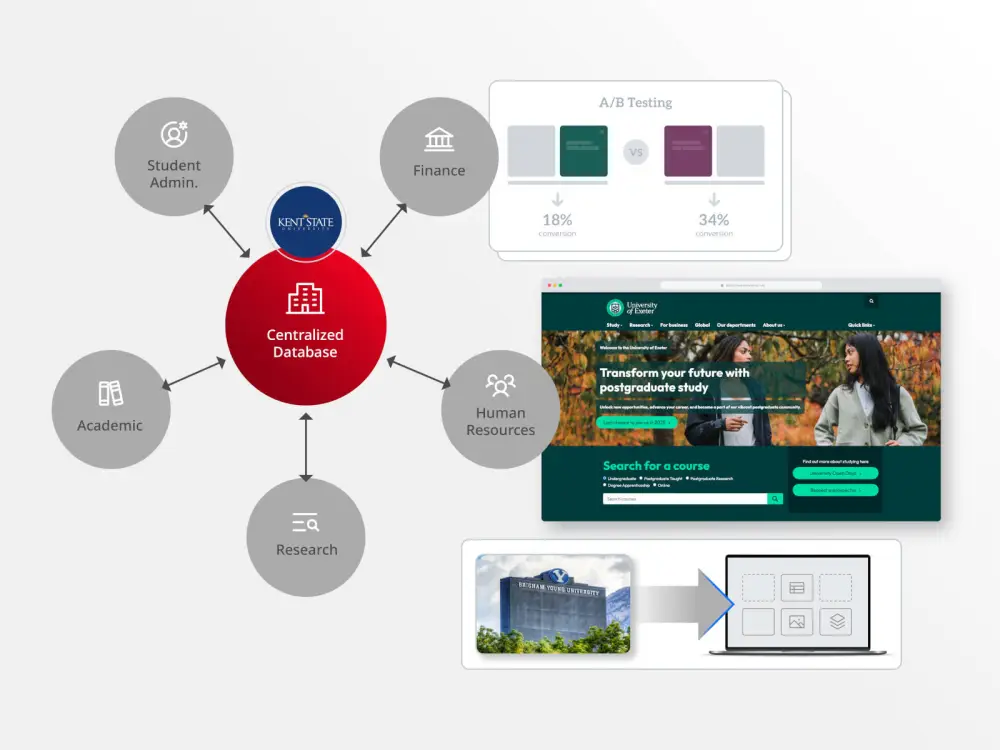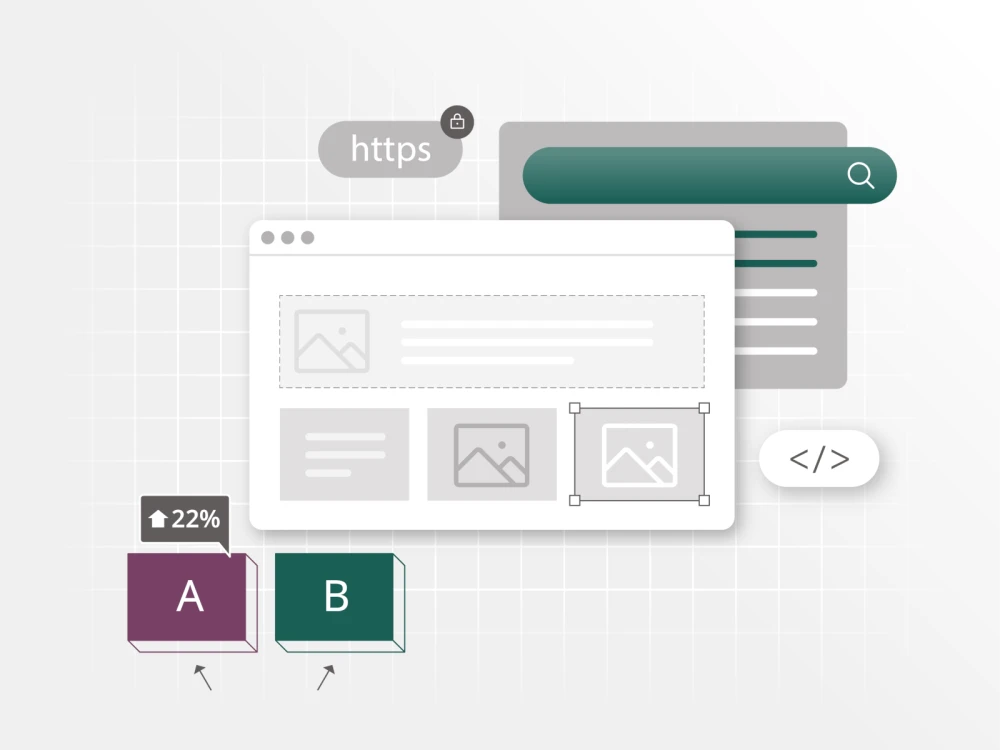For companies in the software technology sector, where innovation is the cornerstone of success, an effective content strategy is critical to building brand identity and customer engagement. Corporate storytelling and marketing must go beyond product features to truly connect with audiences.
In this project snapshot, we take a look at a recent content discovery engagement we conducted for a leading software technology company. Through this process, the company sought to revamp its corporate marketing presence and enhance its storytelling to better reflect its brand values and innovation.
Step 1: Stakeholder interviews and aligning content goals
A deep understanding of the client’s business objectives is essential for any successful content strategy. During our stakeholder interviews, it became clear that the company’s current website and content were not meeting its marketing and storytelling needs. The marketing team expressed frustration with outdated content and the lack of a cohesive narrative.
As one stakeholder put it: “Our content feels fragmented and doesn’t capture our current position as an industry leader in innovation. We want visitors to leave our site feeling wowed, but instead, they’re leaving confused or uninspired.”
These interviews highlighted the company’s need for a unified content approach that could showcase both its technical prowess and its unique culture in a compelling way.
Step 1: Key considerations:
- How can content better reflect the company’s innovation and market leadership?
- What are the key stories that need to be told to connect with both enterprise clients and individual developers?
- What content gaps are preventing users from fully engaging with the brand?
Step 2: Competitive and content audit
Our next step was to conduct a thorough audit of both the client’s website and those of its key competitors. This helped identify where the company’s content strategy was falling short and where it could stand out. One of the biggest challenges was the site’s over-complication — important content was often buried under layers of navigation, and key product differentiators were not immediately clear.
One of the marketing leads shared a critical insight during this phase: “We’ve got incredible stories — our partnerships, our R&D investments, our people — but those stories are hidden. It takes too many clicks to find anything. If someone’s trying to learn about us, they shouldn’t have to dig for the good stuff.”
This competitive audit also revealed that competitors were doing a better job of simplifying navigation and using dynamic content to keep their websites fresh and engaging.
Step 3: Technology assessment and content delivery recommendations
The client’s existing content management system (CMS) was another bottleneck in their ability to update and deliver compelling content. In this phase, we assessed the technology stack to determine what changes were needed to enable the company to quickly adapt its content for different marketing needs.
Our recommendation was to implement a more flexible, modular CMS that would allow the marketing team to create and update content easily, without the need for heavy developer involvement. We also suggested integrating AI-powered tools for content personalization to help tailor messaging to different segments of the audience, such as developers, enterprise clients and potential investors.
A modular approach was particularly important given the company’s fast-paced innovation cycle. As one participant in discovery interviews noted: “We release new features and updates regularly, but it feels like our content is always lagging behind. We need a system that keeps our site as up-to-date as our products.”
Step 3: Key technology recommendations
- A modular CMS that allows for faster content updates and more dynamic storytelling
- AI tools to personalize content based on user behavior and preferences
- Scalable infrastructure to accommodate future growth and content demands
Step 4: Content strategy and user personas
In parallel with the technology assessment, we developed a content strategy centered on corporate storytelling. This strategy was informed by detailed personas that represented key user groups such as enterprise decision-makers, individual developers and potential investors. Each persona had distinct content needs, and our goal was to ensure the website could serve relevant stories to each group.
One of the major findings during persona development was the need to strike a balance between the company’s technical depth and its broader corporate narrative. “We’re a tech-first company, but we also need to communicate our culture, our people, and our values in a way that resonates — not just with developers but with potential partners and clients,” said the company’s chief marketing officer.
To support this, we designed content pathways that would help users easily navigate between high-level corporate stories and more detailed, technical content. The strategy included creating dynamic landing pages that could be updated regularly with fresh content, allowing the company to remain relevant and engaging.
Step 5: Implementation and iteration
With a clear content strategy and technology roadmap in place, we moved to implementation. The new website structure was designed to simplify navigation and prioritize storytelling. Wireframes and sitemaps were created to organize content around user journeys, and a visual design was developed to reflect the company’s cutting-edge innovation and leadership.
Module
One notable improvement was the introduction of a dedicated section for corporate storytelling, which included case studies, employee stories and thought-leadership articles. This section allowed the company to highlight its culture and expertise, strengthening its brand in the process.
As the final step, we worked closely with the marketing team to ensure they had the tools and training necessary to manage the new CMS and continuously improve content delivery.
“We’re now able to turn around content so much faster,” said one team member during a follow-up session. “It feels like we’re finally in control of our story, instead of the other way around.”
How you can leverage corporate storytelling in digital transformation
Through this content discovery engagement, our client in the software technology sector was able to transform its marketing and storytelling approach. By aligning content with business goals, leveraging the right technology and understanding user needs, the company successfully built a dynamic digital presence that reflected both its technical innovation and its unique corporate culture.
For any company looking to achieve digital transformation, the content discovery process is a powerful tool for identifying opportunities and building a foundation for long-term growth.










